The Ashen Hallows of Old Agratekt
Seek neither wisdom nor plunder in this place, traveler.A week’s journey south of the town of Baitha is a complex of Agratekti temple ruins, a legacy of the diverse religious cults of Old Agratekt and their destruction by the invading Reborn Theocracy. Why the Ashen Hallows remain relatively in-tact, even as ruins, is a mystery subject to much debate. The Theocracy’s the Order of the Returning Sun put the vast majority of Old Agratekt’s temples to the torch, and there is no reason to think that the particularly prominent Hallows would have elided the Order’s attention. This particular temple complex, then, is thought to have survived the Order’s region-wide purge thanks to some power contained within—hence the moniker The Ashen Hallows, referring to the ashes that blanketed large swathes of Agratekt and likely, for a time, these ruins as well. How it is that these ruins remain hallowed, though their cults are assumed to have been disbanded long ago, is the subject of dark legends and wide-eyed speculation. Perhaps secretive groups do continue to maintain the rites of their deities here in spite of the civilizational collapse around them; locals and (likely fame-seeking) explorers have made more fantastical claims, alleging that the slaughtered priests and acolytes of these temples remained bound to their oaths even in death, or that minor deities or spirits have laired in abandoned temples and protect their new territory from interlopers with curses and bewitchments.
Those who dare approach the threshold of Akalai’s realm
Will find not fulfillment nor satisfaction,
But know only the emptiness of his abyss.
- An inscription upon the entryway of the Temple of Akalai at the Ashen Hallows.
Notably, Agratekti settlements surrounding the Hallows were razed by 3433 HE at the latest, pre-dating the six century-long Grim Era, yet the clarity of this inscription suggests it dates back to 4156 HE—no more than a dozen years before the present.
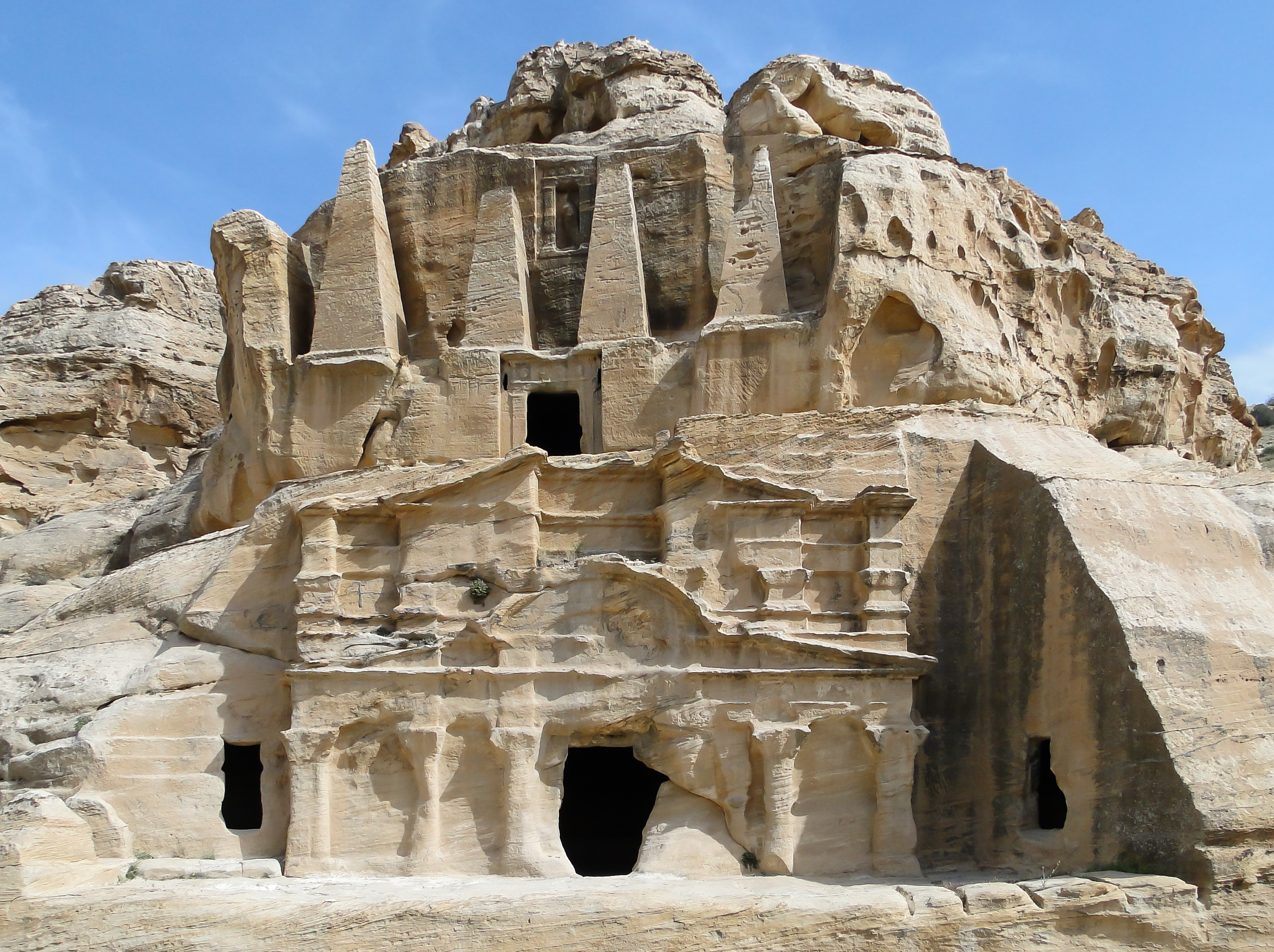
by Ber
The Pantheon of Old Agratekt
Full Article: The Cults of Old Agratekt [WIP]The early urban centers and proto-states of Agratekt are known to have recognized and worshipped a pantheon of deities at least as far as back as the eighth century HE, making the Agratekti pantheonic complex by far the earliest form of organized religion in Northwest Tahuum Itaqiin, and perhaps across the entire Continent. The tumultuous, civilization-disrupting environmental changes particular to the Isthmus of Agratekt strongly suggest that the organization of priesthoods for the veneration of numerous gods was meant to systematize the relationships between these deities and their followers, thus ensuring prosperity in the domains that these gods governed—weather and the passing of the seasons, crops and fertility, and the like. (The Agratekti people’s contemporaries, tribes across Vast Takhet and the Haifatneh Basin, mainly practiced animism, or else worshipped local deities with limited domains over one aspect of nature or another. It is likely that the Agratekti system emerged from a comparable tradition.) Perhaps the best evidence for this is that virtually every settlement had at least a humble shrine to each of the earliest known trio of gods: Adad
History
Context: Agratekti temples as power centers
Although historians are fond of drawing parallels between the Reborn Theocracy and the petty monarchies of Agratekt, the latter are not known to have been theocratic states in a strict sense; at most, the queens and kings of Agratekti polities practiced the worship of particular deities to legitimize their rule—or to wield the power of the faithful against their rivals. As with the crusaders of the Reborn Theocracy, Agratekti polities great and small are thought to have relied upon the benedictions of priests to ensure the continued prosperity of their subjects or turn the tides of battles. Given the gradual desertification of the Isthmus of Agratekt over the course of centuries, it is likely enough that many of the cults of Agratekt developed for the explicit purpose of protecting Agratekti livelihoods, more so than for directly steering the courses of political conflicts.A race for security and prestige
By all appearances, the temple complex now known as the Ashen Hallows did not arise over decades or centuries, as one might expect, but was constructed in the course of a mere five to ten years—an incredible feat of logistics and engineering in ancient times. (Although expeditions to the temples themselves have been largely unsuccessful, excavations of the land surrounding them have revealed mass burials of people who were likely slave-laborers, as many of the desert-desiccated bodies appear to have been around the same but do not exhibit evidence of violent deaths.) To understand what could have motivated such a rapid-paced temple-building drive, one must understand the nigh-incomprehensible Lost Era as its catalyst. The Lost Era, a name agreed upon by historians across the Continent, is a sixty-year period of history (2692 HE to 2752 HE) which is utterly unattested to in all historical records. The strangeness of this phenomenon can hardly be understated: The years surrounding the Lost Era were neither particularly prosperous nor calamitous as far as the Continent’s civilizations were concerned, with levels of political (in)stability roughly typical of the middle of the Ancient Era. Nonetheless, not a single event from this period is mentioned in the surviving written histories available; calendars and almanacs simply lack dates in this range; dynastic records which attest a grandparent’s rule prior and a grandson or granddaughter’s reign afterward omit the latter’s parents. Even oral histories, so far as they can be dated precisely, pass over this era and lack even hints as to what may have transpired during it. Whatever occurred during the Lost Era and caused its events to remain unrecorded seems to have motivated religious revivals among several of the Continent’s civilizations, not the least in Agratekt. While most Agratekti communities leaned further into the veneration of one favored god, the monarchy of Giraham—which appears to have transitioned from one dynasty to another and gained considerable wealth during the Lost Era—evidently decided to invest its resources into new temples and cults for as many major deities as possible. The gambit may indeed have worked in Giraham’s favor, for what are now the Ashen Hallows became a popular pilgrimage destination even though the Agratekti people are thought to have rarely traveled more than a few days’ journey away from their communities’ primary temples.The Purge of Agratekt
The article The ancient Agrakti People further addresses the history of the Purge of Agratekt. In the early days of the Crusade and Reconquest, after the Reborn Theocracy established a perimeter around the Citadel of Andaen, its representatives fanned out from its borders to visit neighboring tribes and states, assessing “whether the One Light can reach these people”—in other words, their openness to conversion and their redeemability in the eyes of the Theocracy’s priesthood. Whereas these emissaries reported back with mixed assessments of the pre-Takheti people and the diverse inhabitants of the Haifatneh Basin, they quickly deemed the people of Agratekt to be irredeemably heathen followers of dangerous religions that had to be crushed with haste. Thus began the brutal campaign led by the Order of the Returning Sun to wholly eradicate the Agratekti cults and the leaders who supported them. After a few initial pitched battles against an alliance of relatively powerful Agratekti states, the Order swept through much of the Isthmus, committing immeasurable amounts of destruction and (from the Agratekti perspective) sacrilege through the late 3420s and early 3430s HE. They nearly succeeded, though their campaign of eradication seems to have passed over the site of what are now the Ashen Hallows for reasons that remain under debate. It remains a matter of scholarly debate whether the Order conducted their brutal purge of the Agratekti pantheonic complex because they perceived a substantial military-political threat in Agratekt or because the Northerners were genuinely and uniquely appalled by their ways. The Agratekti polities, after all, were once larger and more highly developed than those in either Vast Takhet or the Haifatneh Basin. On the other hand, the pantheonic tradition and cultural customs of Agratekt were certainly quite foreign to the monotheistic (or, more precisely, henotheistic Theocracy. Perhaps these two explanations for the Order’s animosity towards Agratekt present a false dichotomy: Both the Theocracy and many Agratekti leaders based their political legitimacy on the fruits of their faithfulness to their respective gods, so the discover of a robust pantheon in Agratekt likely constituted both a spiritual crisis and a political threat as far as the Theocracy was concerned.Prominent Ruins
Relatively little is known with certainty about the Ashen Hallows, for the site is avoided by most travelers—and those who have visited the site have often returned in far-from-ideal states, if at all. Nonetheless, a few of the most prominent temples, as well as a former settlement nearby, have gained widespread notoriety and infamy.The Temple-Lair of Akalai
As with other temples of Akalai, a relatively humble exterior lies atop an underground pool or reservoir of some kind. The actual contents of this particular temple are not known, however, for the site has been understandably avoided even by the most daring explorers. During the long decline of Agratekti civilization, a number of cults of Akalai resorted to increasingly desperate measures to plea to the God of the Sea and the Endless Dark for aid. Both in the Ashen Hallows and at other known sites of temples of Akalai, is it rumored that the priests performed sacrifices by capturing hapless travelers—or lower-ranking acolytes—and drowning them in the temple’s pool. Travelers to the Ashen Hallows and their vicinity are strongly advised to avoid extended interactions with strangers, most of all those who claim they have access to fresh water in abundance and can lead one to a place where they can replenish their supplies.The Forbidden Garden of Nuhashu
In a sanctuary resembling a natural courtyard settled in a ravine, plant life surprisingly manages to grow in an oasis-like scene. Perhaps groundwater alone is to thank for the vitality of the foliage here, but this is more popularly attributed to the ongoing blessing of Nuhashu. Not only is this place far greener than anything else in the Ashen Hallows—and perhaps the whole of Agratekt—but the vegetation here is extremely poisonous, so much that wanderers and their animals have become ill and nauseous from eating the cadavers of animals which previously fed on these plants. This illness is nicknamed “Nuhashu’s curse” by those familiar with the Ashen Hallows, as it is thought that Nuhashu cultivated their gardens with these toxins after having grown tired of hungry and thirsty outsiders helping themselves to the fruits of Nuhashu’s labors. Although the ravine known as the Forbidden Garden looks natural, the vegetation here thrives to an extent well beyond that which the arid environs of Agratekt can normally support.The Pit of Enakesh
Little remains of this sanctuary at the surface world save for an unadorned doorway. It is thought that the entryway was once opulent in its decor but has since been stripped of its adornments by those hoping to dissuade explorers and looters from entering. Those hapless individuals who do find their way in are warned to avoid any oblong underground chamber, for this may be the Pit itself, an arena where Enakesh’s followers would hold matches to test the mettle of warriors. This claim was once strange to scholars of Agratekti lore, for they initially thought, based from depictions of Enakesh (and likely their own biases) that she was only a goddess of fertility; subsequent archaeological finds and advances in Old Agratekti philology, however, proved her domains encompassed both warfare and childbirth.
With the Cult of Enakesh having been exterminated long ago, it is now claimed that Enakesh maintains her rites by herself in secret: She compels her followers—along with any prisoners they can find—to fight to the death in her arena, after which she feasts upon their remains. In doing so, she provides herself with the energy necessary to give birth, thus reincarnating her followers for an endless cycle of gruesome service to her.
Smoldering Phareshan
Around 3420 HE, opportunistic merchants built a caravansary by the name of Phareshan within an hour’s walking distance of what are now the Hallows, hoping to earn business by furnishing necessary supplies for the temples at a more convenient location. Unfortunately for them, the first battles of the Internecine Period began just a few years later when the Order of the Returning Sun commenced their invasion of Agratekt. In 3433 HE, after seemingly having avoided the surroundings of what are now the Ashen Hallows, the Order launched an assault on the city of Baitha and then whatever other settlements they could find in proximity to the temple complex. Phareshan, evidently, was not built quite close enough to the temples to enjoy divine protection or intervention. The crusading Order razed the site so thoroughly—quite possibly to vent their frustrations over some force or power having spurned them at the temple complex—that veins of dark, charcoal-like earth still smolder there to this day. Clouds of dark smoke also hang low in the air, sometimes riding tempestuous winds and being whipped into cyclones. Some passers-by have remarked that the live cinders that are picked up by these smog-choked winds too closely resemble the glowing, orange-red eyes of faces, twisting with agony as the gales blow them around.
RUINED SETTLEMENT
3433 HE
Founding Date
2757 HE
Alternative Name(s)
The Cultic Galleries of Agratekt
Location under


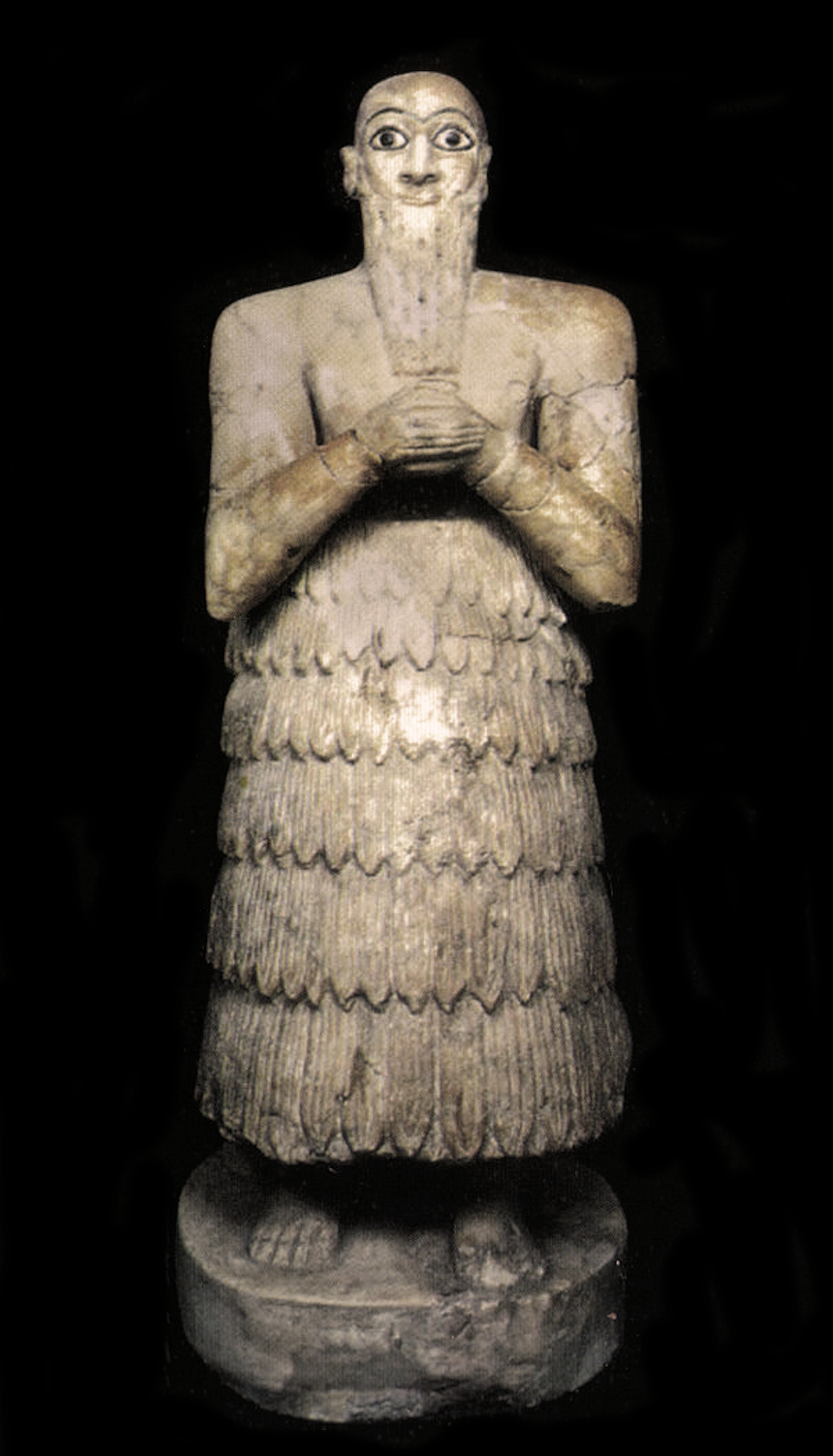
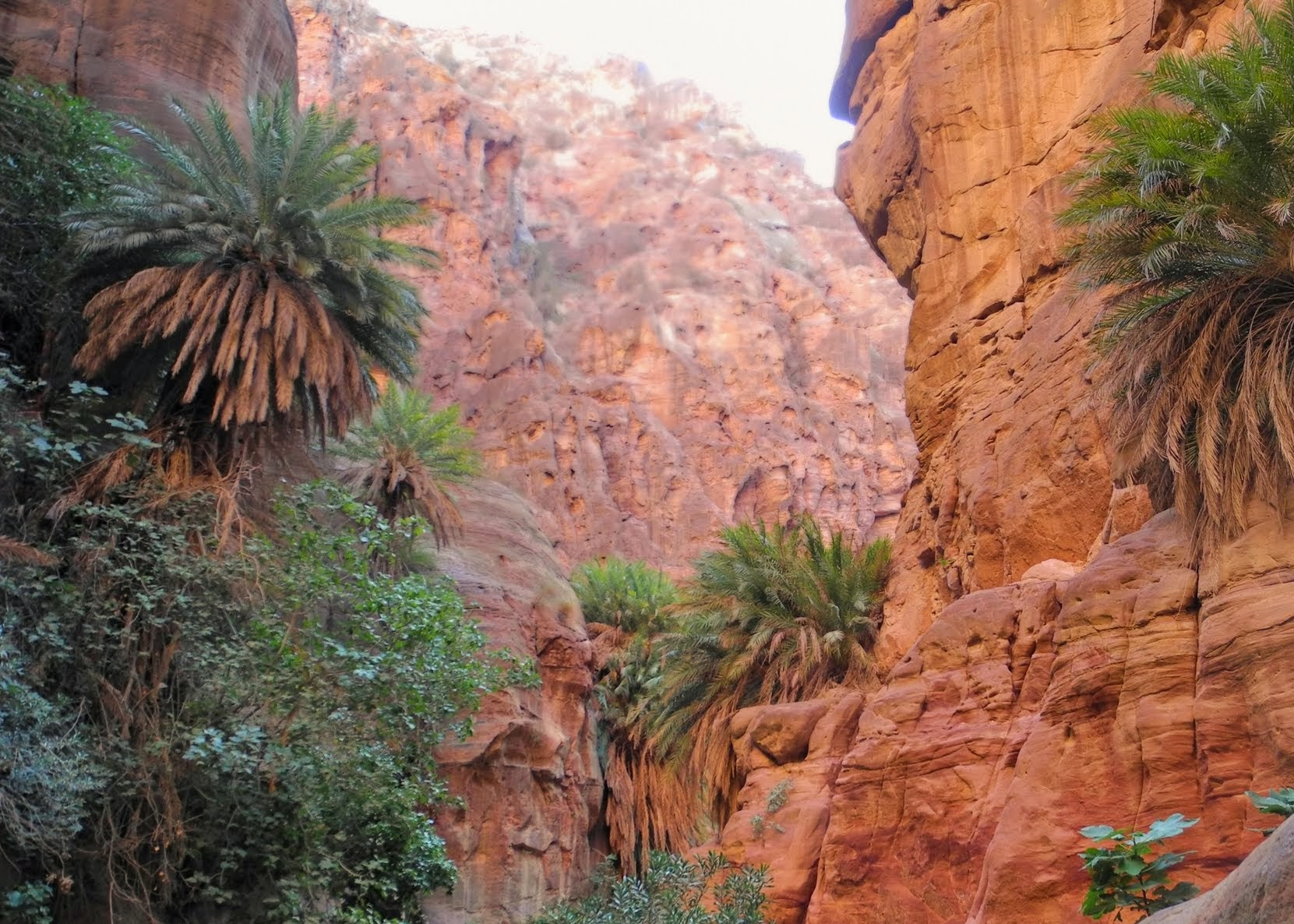
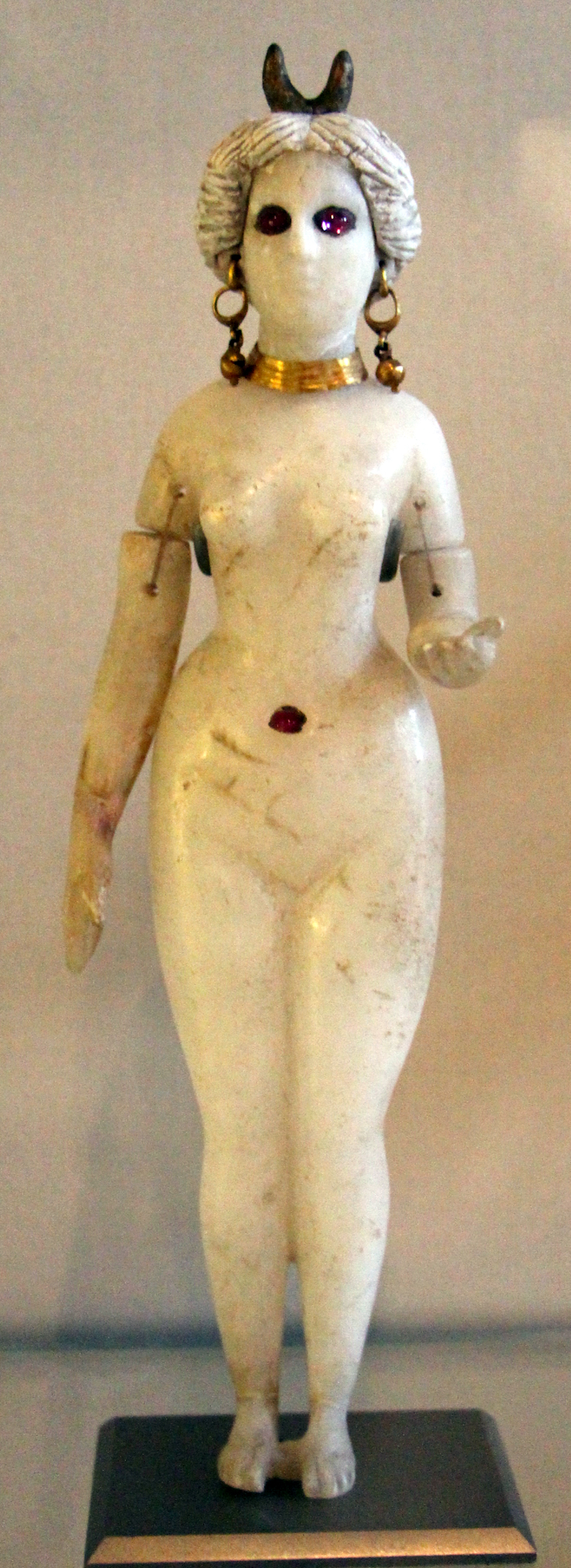


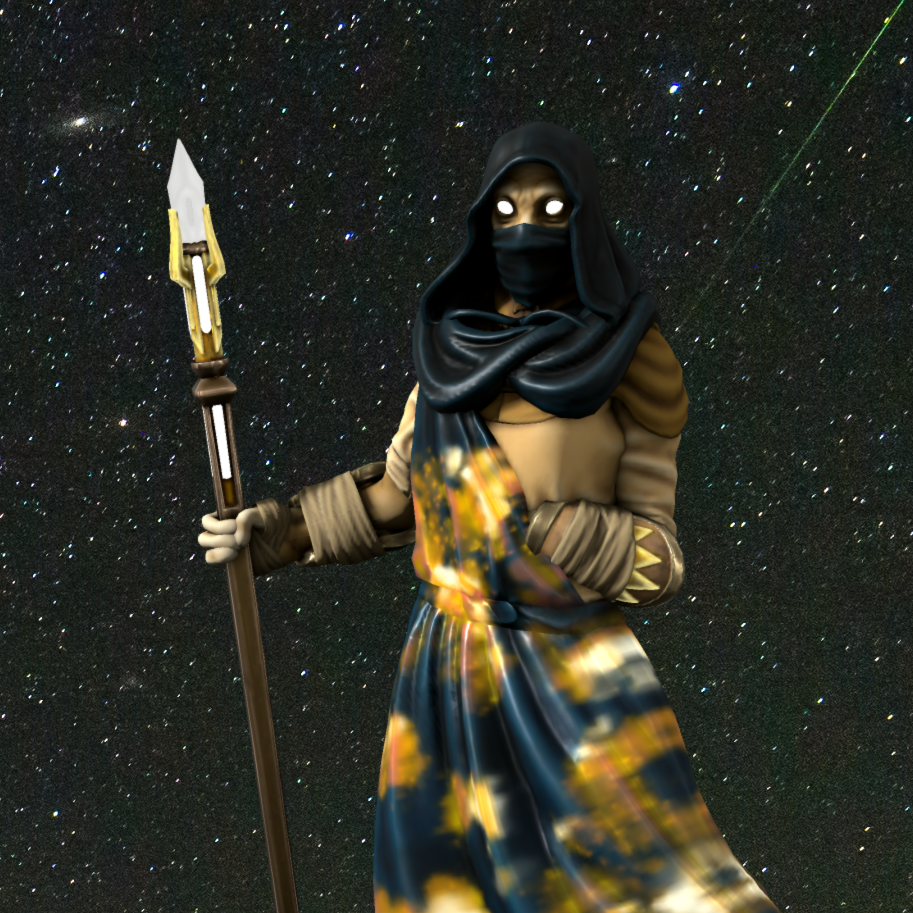
This is really thorough and awesome! Really loved all the history.
Thank you so much! I had a great time writing this.